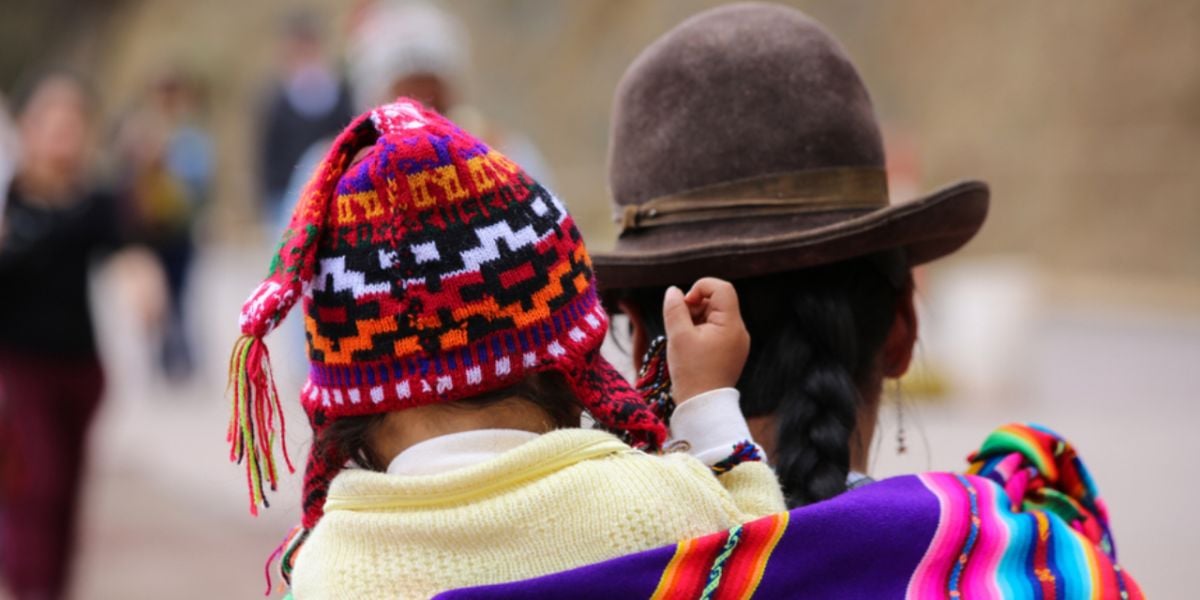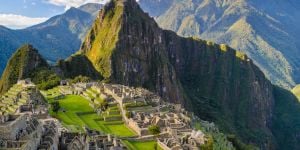
If you are planning to relocate to Peru, it's important to learn a bit about the local lifestyle so that you know what to expect on arrival, and you're able to adapt and assimilate more easily.
The lifestyle in Peru is heavily influenced by the country's deep history and cultural legacy ' religion, family, food, and music are all very important aspects of the daily life. Peruvians are warm and friendly people ' in general, they are very sociable and never miss an opportunity to celebrate special occasions.
Religion and beliefs
Religion is extremely important to Peruvians. Most are Roman Catholics, with varying degrees of practice and devotion. Other denominations of Christianity, Judaism, and other religions are represented in smaller numbers.
Indigenous religion is still practised, particularly in the Andes and other rural areas. Many of these are mixed with the Catholicism introduced by the Spanish, creating an interesting syncretism of beliefs and practises. So many self-professed Roman Catholics will still worship the sun god of the Incas, and participate in festivals and rituals referring Pachamama, mother earth. Shamans or traditional healers are greatly respected throughout the country, using ancient methods and cures for ailments.
Mindset and attitude
The family is sacred in Peru. And this extends well beyond the nuclear family unit. In fact, most households are occupied by several generations living under the same roof ' often including grandparents, parents, and children. For many families, the father is still considered as the head of the family with the role of breadwinner, while the wife takes care of household chores, although this is changing, particularly in Lima and other cities where many women work and share household duties with their spouse.
On meeting new people, Peruvians will generally be warm and informal, unless they older or they belong to a higher rank. Kissing on the cheek is common, even in professional settings as a way or greeting each other. Foreigners, for their part, are called 'Gringos' in a friendly way, so do not be surprised to be addressed as such.
Cuisine
Food is such an important part of the Peruvian lifestyle ' it's not just about the sustenance, it's a social occasion. The Peruvian cuisine is known to be one of the world's most diversified cuisines, with delicious seafood, potatoes, maize, exotic fruits, rice, and spices.
Most Peruvians eat their main meal at lunchtime. For those who work, this often means a visit to the local 'Menu' ' restaurants offering economical daily specials. On the weekends, especially on Sundays, lunch is a long drawn-out family affair ' the chance to gather together and catch up over a meal. Dinner is a lighter meal, usually relatively late at night.
Arts and entertainment
Music is undeniably the most popular form of art present in Peru. The bamboo flute is the traditional instrument of the Andes, with Inca origin. But nowadays, it is generally accompanied by the modern rhythm of Spanish guitars in a melodious way, adapted to folk music. The cajon is a traditional instrument, a bit like a drum, with Creole roots, and is now a popular sound in Peruvian music.
European music is gradually trying to break through in Peru. However, folk music remains rather strong as opposed to North American music. Reggaeton and other Latin American music have more success in infiltrating the local radio waves.
Traditional festivals and public holidays
A dozen public holidays are celebrated in Peru ' New Year, Labor Day, the Easter Week, the National Independence Day, Christmas, All Saints Day, etc. There are also several saints days, such as St Peter's Day, which are celebrated. Note that public holidays that fall on weekends are not moved to work days, so the number of public holidays will vary each year depending on the calendar.
In Peru, there are about 3,000 festivals that are celebrated on a regional or national level throughout the year. These are to pay tribute to a holy patron such as Santa Rosa de Lima, patron of the National Police, celebrated on August 30th. The Lord of Miracles is another huge one, celebrated from October 18th to 28th. During this period, worshipers dress up in purple and get together to accompany the Holy Patron of Lima through the streets of Lima's city-centre. It's worth going along to see the beautiful processions through the streets.
In May or July, there is an indigenous pilgrimage in honour of the Lord Qoyllur Rit'i. More than 10,000 pilgrims converge to the limits of the snowline at the foot of Mount Ausangate, one of the most sacred mountains in the Andes at 4,700 meters high.
In all cases, festivals are great social occasions for people to gather in the streets to pay a tribute to a divinity or celebrate a national or religious event.
Useful links:
Peru Tourism Portal ' Culture
Peru Tourism Portal ' Cuisine
Peru Tourism Portal ' Peruvian recipes
Peru Tourism Portal ' Festivities and events
About Travel ' Go Peru
We do our best to provide accurate and up to date information. However, if you have noticed any inaccuracies in this article, please let us know in the comments section below.








